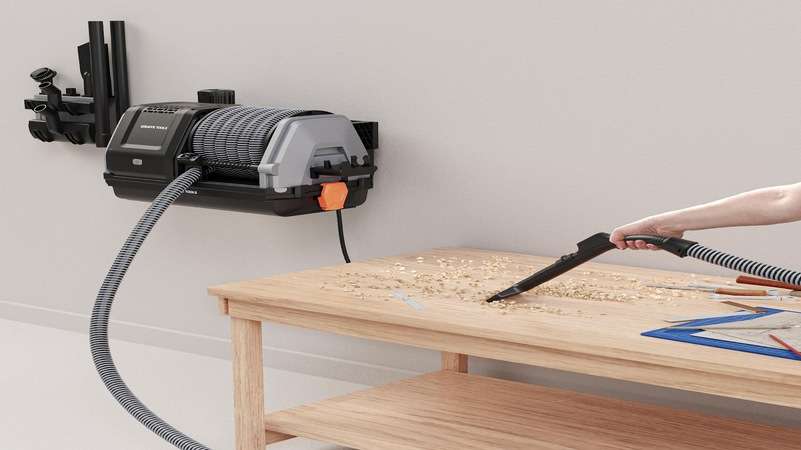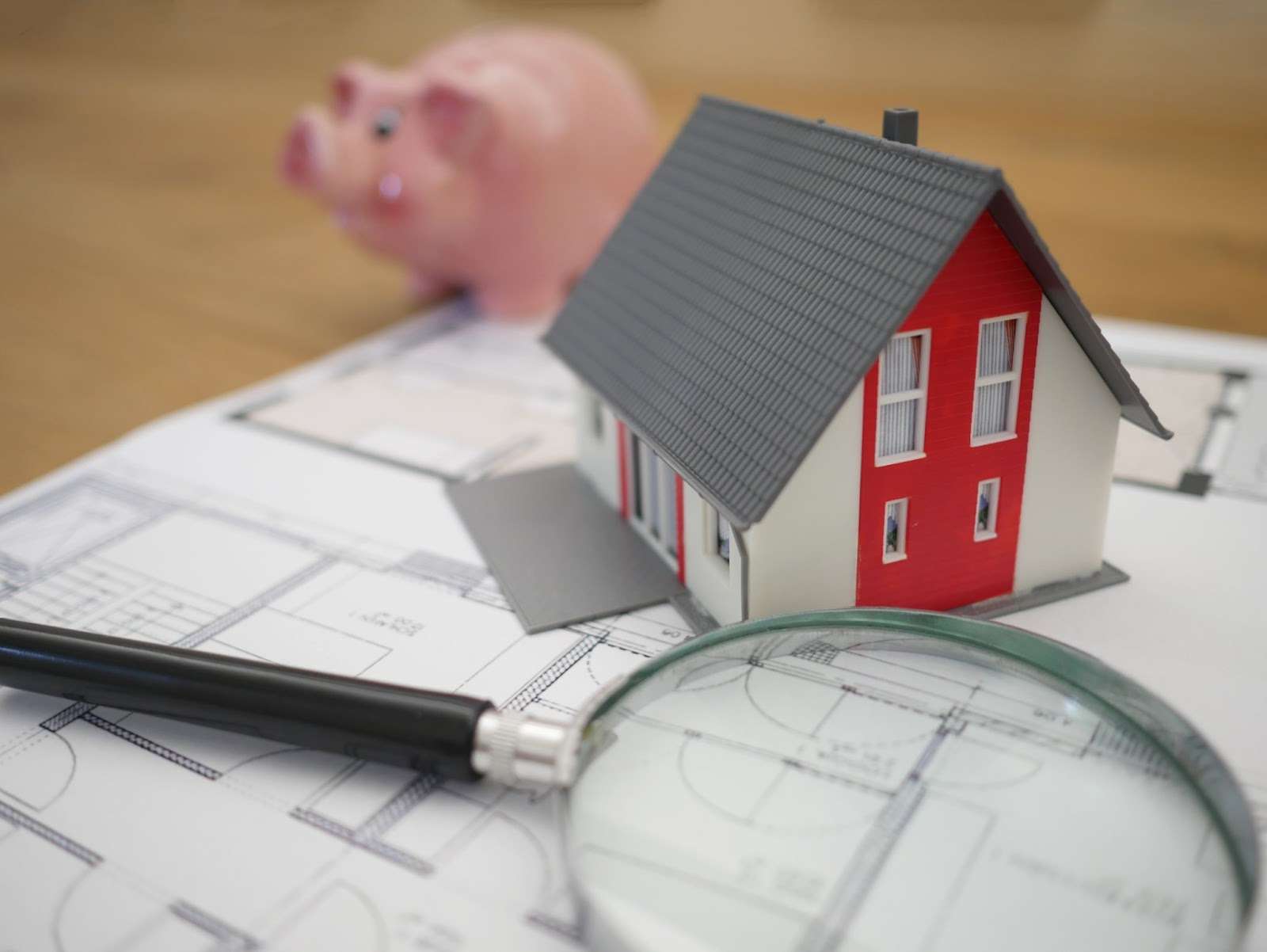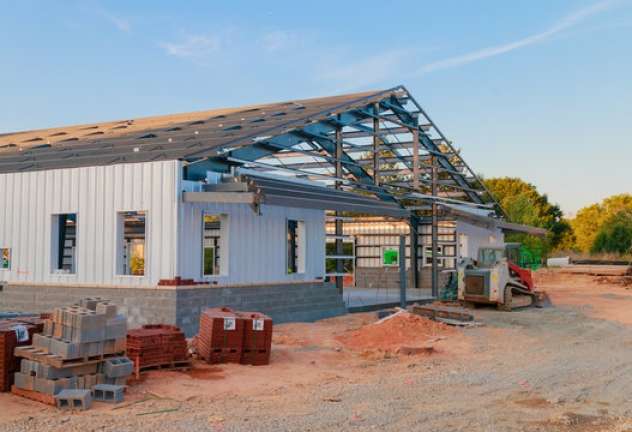In an effort to conserve natural resources and mitigate the effects of climate change, leaders around the world have certified measures and programs that help achieve an eco-friendlier and more sustainable lifestyle. Using alternative and cleaner sources of power is one of these measures.
So, instead of consuming coal and fossil fuel to generate electricity, renewable energy sources such as solar power are highly encouraged. The good thing about solar power systems is that every homeowner can opt to switch as long as they can invest in the right equipment. Moreover, switching to solar power can significantly cut down monthly electricity bills—making it a worthy investment.
But before you can enjoy the benefits of using a solar power system, you have to make sure it is an efficient one. So, here’s how you can build an efficient solar power system:
- Determine How Much Power You Need
The first step in building an efficient solar power system is determining how much electricity you use daily. To do this, look at your electricity bill for the past few months and come up with an average estimate. You can also multiply the amount of electricity used by twelve months if you want to get an estimate of how much electricity you use in a year.
Knowing how much power your household needs can help you select the right solar inverters and panels. Note that solar panels come in different sizes, outputs, and wattages. If your household consumes a lot of electricity, then you need high-wattage solar panels that can keep up with your needs.
- Make Sure Your Roof Can Handle Solar Panels
Before going ahead and purchasing high-powered solar panels, you have to check your roof first. Solar panels are quite heavy and if your roof is old and dilapidated, the panels might cause more damage to it. To make sure your roof is in good condition, you can call a professional roof inspector to have it checked.
If your roof is in good condition and suitable for solar panel installation, there are still other considerations you have to take note of. This includes:
- Determine The Best Location
The best location for your solar panels is the south-facing area since this is where they’ll get the most sunlight. Avoid placing your panels on roof overhangs or structures that produce shade over the roof because this can significantly reduce sunlight exposure.
However, it’s best to personally check your roof if the south-facing area is indeed the hottest. Your surroundings might have tall trees and buildings that block sunlight on this part of your roof. It’s also important to determine which roof locations get the most sunlight throughout the day.
- Roof Measurements
As mentioned, solar panels come in different sizes and wattage power. While it’s easy to determine how many panels you need, it is imperative to check if all those panels can actually fit above your roof. Therefore, you have to take measurements of the area where you’re planning to install the panels. Compare that to the size of the panels you need and determine if all of them can fit in the area.
- Choose The Best Type Of Solar Panel
Depending on your needs and circumstances, a particular type might be more suitable for you compared to others. Listed below are the main three types of solar panels:
- Mono-Crystalline Silicon Panels: This type is generally the most efficient one but also the most expensive. These panels are made from single silicon crystal and are commonly shown in solar panel commercials. However, this type is not the most durable. But if you’re looking for efficiency, then this is the best choice.
- Polycrystalline Silicon Panels: These panels are made from multiple silicon crystals. They are not as efficient as mono-crystalline panels but are less expensive and generally low-maintenance. If your household is small and you don’t have high-electricity needs, this could be ideal.
- Thin Film Solar Cells: This type uses a thin layer of semiconductor material (usually amorphous silicon) to absorb sunlight instead of crystalline materials used in traditional panels. Unfortunately, they’re not as efficient as crystalline silicon cells, but they cost less to manufacture because they do not require expensive equipment. This is fine if your home has low-energy needs or if you’re looking for something that can supplement your electricity source.
- Evaluate If You Need Additional Solar Equipment
Depending on your needs, additional solar equipment might still be necessary. For example, if your home requires a lot of wattages but your roof doesn’t have enough space to install all the required panels, then you might have to explore other options such as solar racking and battery storage.
Additional solar equipment and devices can also allow you to store surplus energy for later use. This way, you can get even more out of your initial investment and make them more cost-effective.
Hence, you must consider where you live and the weather conditions your area regularly faces. If your place is frequented by hurricanes and typhoons, your backups can come in handy when a power outage happens during such calamities.
- Keep Solar Panels Clean
For maximum efficiency, your solar panels have to be clean and free from debris and other elements that could possibly block or reduce their capability to absorb sunlight.
To make sure that your solar panels function correctly, always keep them clean by using a soft brush or cloth. Solar power providers can also schedule a routine maintenance schedule to help keep your solar panels clean and working efficiently.
Seek A Trusted Solar Panel Installation Company
Choosing solar panels, inverters, and other equipment could be overwhelming—especially if you have a hard time understanding all their specifications and technical requirements. If you think the process is too much, then you can always seek the services of solar power companies that can assist you throughout the process.
These companies have experts who can tell you what solar power system will work best for your home. They can also tell you how much it will cost and whether any incentives are available in your area that could help reduce the price tag.
So, find a professional solar power provider in your area and schedule an appointment for a site assessment. During this meeting, they will walk through your property with you and evaluate its suitability for solar power installation.
They can do everything from estimating your household’s energy needs to roof inspection, and taking roof measurements. Based on this information, they can give you a rough estimate of how many panels would be required for optimal production. And if you’ve decided to proceed, they can go ahead with the installation of your solar power system.
Key Takeaway
Switching to solar power is a great way to reduce your family’s carbon footprint and cut down on electricity bills. The upfront costs may be substantial, but the returns are worth the investment.
But before you go ahead and install a solar power system for your home, make sure you know the basics of an efficient setup. This way, you can maximize the capacity of your solar panels and enjoy them for many more years to come.
















